News & Articles
Color’s women in research: leading the way in population genomics
Adriana Boateng-Kuffour
March is Women’s History Month, a month to celebrate women’s history, share stories of women having an impact on their fields, and examine how women are represented across industries. Today, Adriana Boateng-Kuffour, MS, MPH, a Principal Outcomes Researcher at Color, discusses the strides women have made in modern genetics and highlights the talented women working in research at Color.
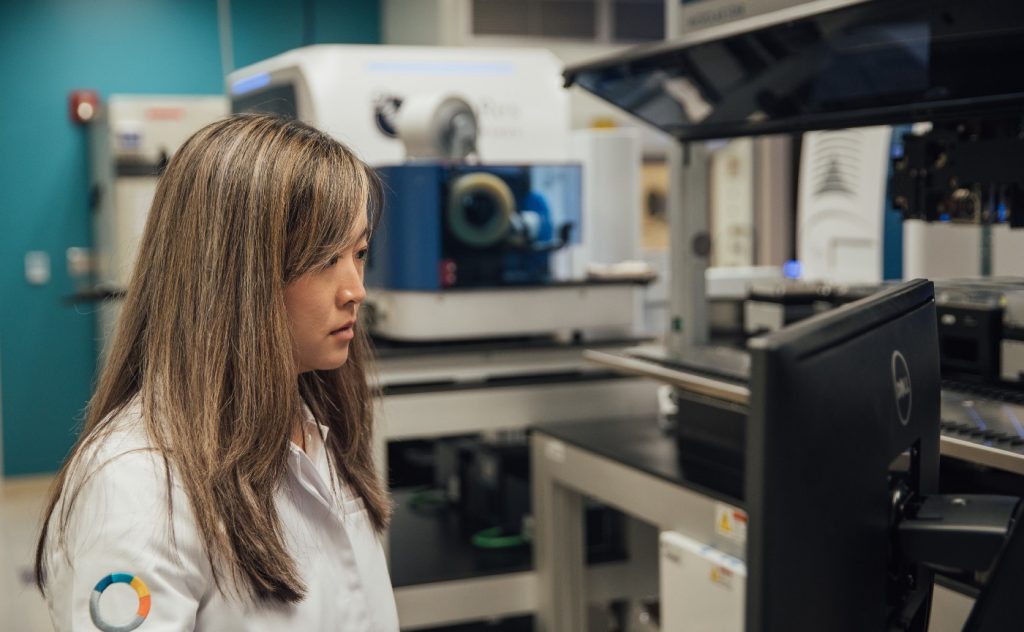
As a woman working in medical research, I’m aware every day that I work in a typically male-dominated field. Across all industries in the US, women are underrepresented in senior leadership positions: Only 38% of women hold manager-level positions, and only 41% of companies set gender representation targets for senior level management.¹ However, I work on a team and at a company that values diversity and inclusion across the team: at Color, 50% of our executive team is female, and 54% of the women at Color work in a STEM role.
At Color, as women working in STEM, we know we stand on the shoulders of giants: the women in research and science who came before us and paved the way for the impact of modern genetics.
1. Nettie Maria Stevens was an American geneticist who discovered sex chromosomes (X, Y) while working on mealworms in 1906. Prior to Stevens’ discovery, it was assumed that environmental factors during conception determined sex.
2. Charlotte Auerbach is the mother of mutagenesis (the process by which genes develop mutations) and discovered genetic mutations caused by mustard gas in 1941.
3. Esther Lederberg discovered lambda phage in 1950. Lambda phage is a bacterial virus that is now used to study gene regulation and genetic recombination. Lederberg also invented the replica plating technique, which is used to isolate and analyze bacterial mutants, as well as to track antibiotic resistance.
4. Rosalind Franklin found that DNA takes two forms: an “A” and “B” form. An x-ray of the “B” form led to Watson and Crick’s discovery of structure of DNA as a double helix. Watson and Crick received the Nobel Prize for this discovery in 1962.
5. Barbara McClintock won the Nobel Prize in Physiology or Medicine in 1983 for discovering mobile genetic elements, or “jumping genes,” which helped us better understand one way that genomes can change and evolve.
6. Salome Gluecksohn-Waelsch was a pioneer in establishing the field of developmental genetics, and was awarded the National Medal of Science in 1993. She studied how proteins work together in early embryonic development.
These discoveries have allowed our Scientific and Medical Affairs team to make strides in medical research. The Scientific and Medical Affairs team is 70% women, with each woman making significant contributions to Color’s work. Read more about the women pushing our innovation in research forward:
Adriana Boateng-Kuffour, MS, MPH
Adriana performs patient-centered outcomes research at Color. She provides subject matter expertise, guidance, and recommendations across teams on topics like health economics and outcomes research (HEOR), and patient-reported outcomes (PRO). Her current research assesses participant comprehension of the All of Us Research Program’s pharmacogenomics and hereditary disease risk reports.
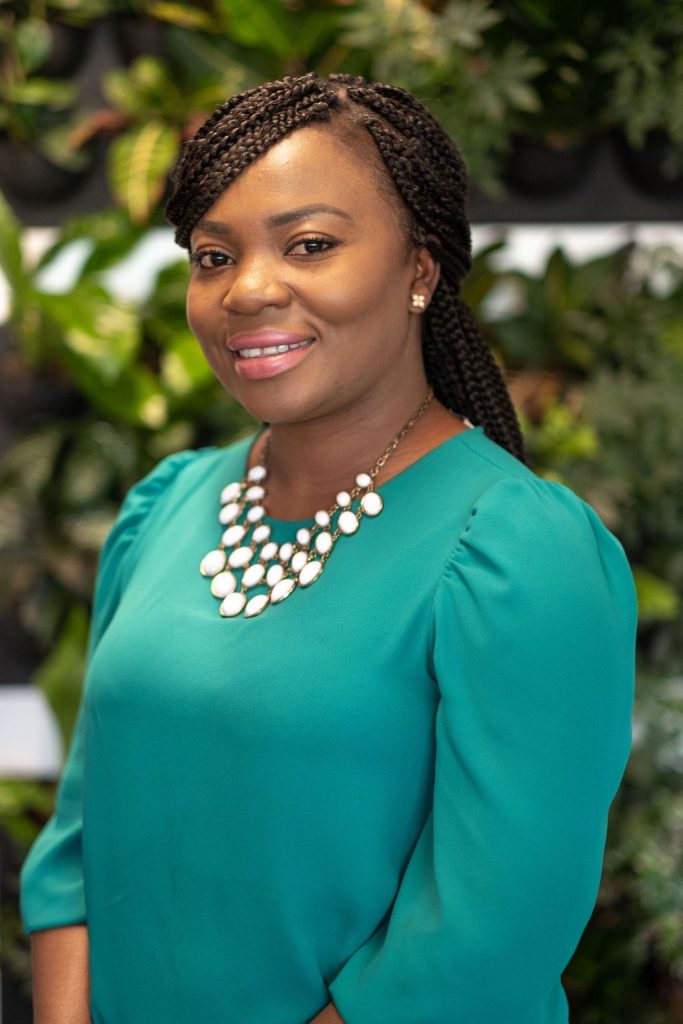
Natalie Lang, MS, LCGC
Natalie is a genetic counselor working on scientific curation at Color. She is responsible for researching new developments within the scientific community to make sure Color reports include the most up-to-date information about genetic risks and screening guidelines. Natalie also helps write the clinical content found in Color results. She is currently writing and developing new genetic trait and ancestry content that will be provided to Color clients.
Cynthia Neben, Ph.D
Cynthia coordinates cross-functional research projects at Color involving data scientists, medical geneticists, variant scientists, and genetic counselors. She also manages Color’s role as a Clinical Validation Laboratory and the genetic counseling resource for the NIH All of Us Research Program and works closely with program partners, including the Broad Institute of MIT and Harvard. A bench scientist by training, Cynthia conducts data analyses and writes abstracts, manuscripts, posters, and platform presentations at national conferences.
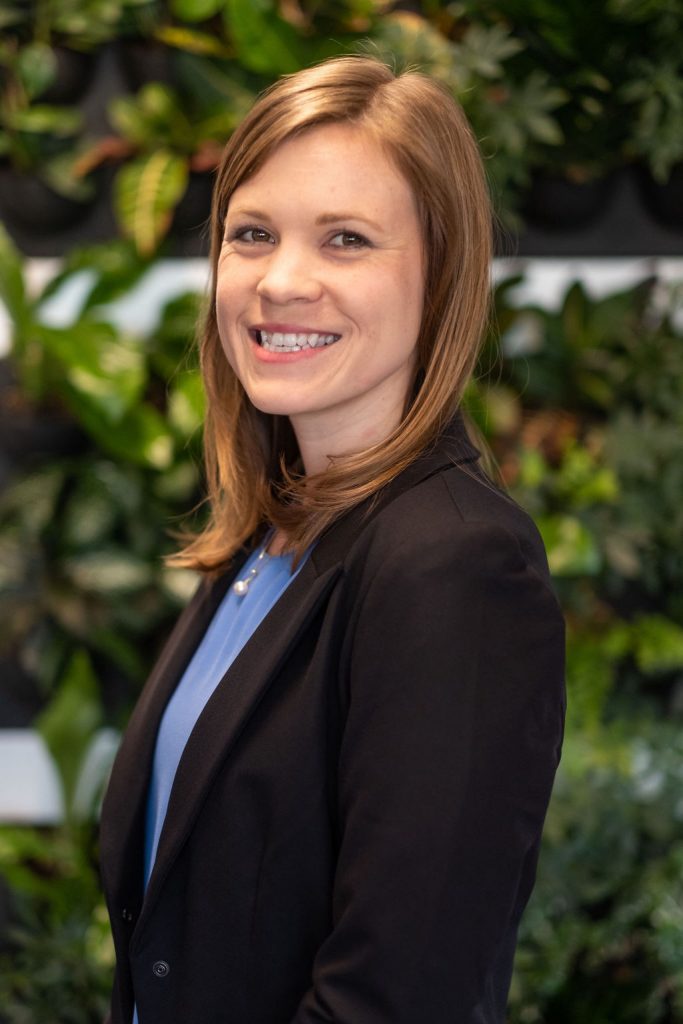
Sydney Okumura, BS
Sydney works closely with our key academic collaborators and drives the adoption and use of Color in vital partnerships. Working cross functionally between internal teams and external partners, Sydney supports research projects from beginning to end, including Color’s partnerships with the GENERATE Study and Verily’s Project Baseline.
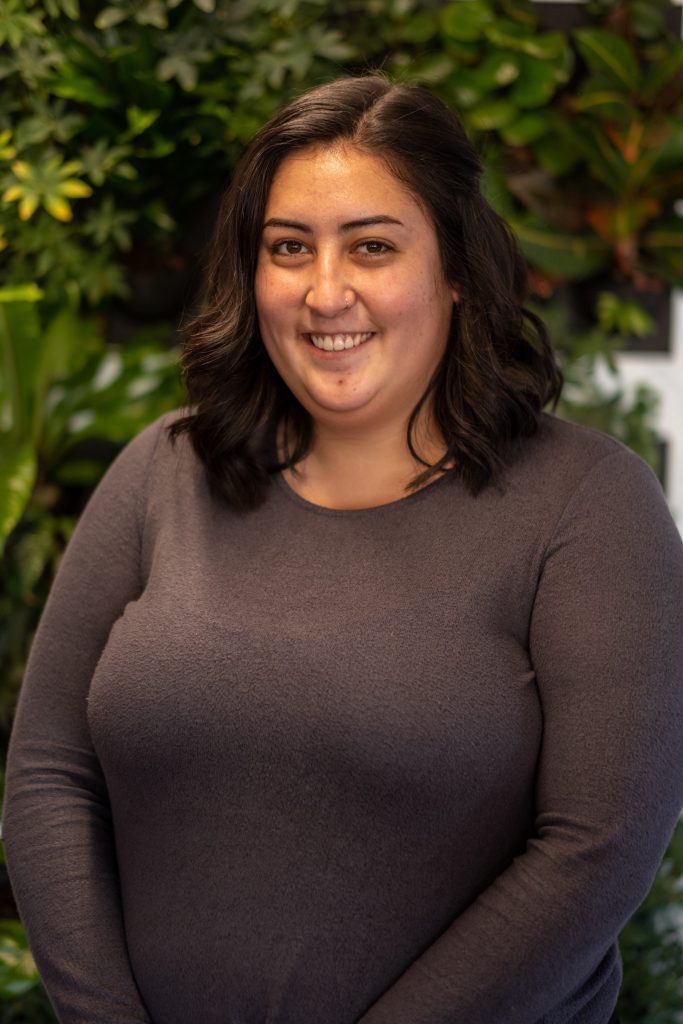
Lily Servais, MS, LCGC
Lily is a genetic counselor and part of the Medical Affairs team. She develops and curates educational materials for medical professionals that include general concepts in genetics and population health as well as scientific, clinical presentations about Color’s products. Lily works with internal teams at Color and external clients using Color to develop and implement solutions tailored for their population’s needs.
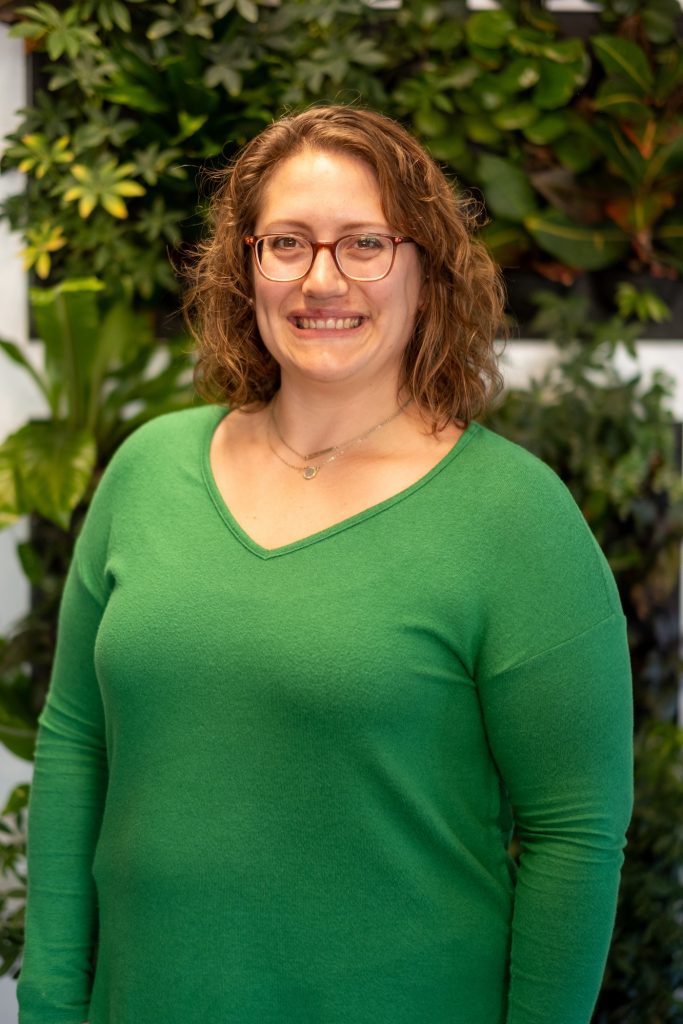
Hannah Williams, MPH
Hannah works closely with Color’s product, data science, engineering and design teams to develop data-driven solutions that improve population health outcomes. She supports Color’s research efforts by preparing research proposals and performing data analyses for scientific publications and presentations. Hannah currently serves as study coordinator for Color’s Genetic Score Study, which involves the return of polygenic scores to research participants.
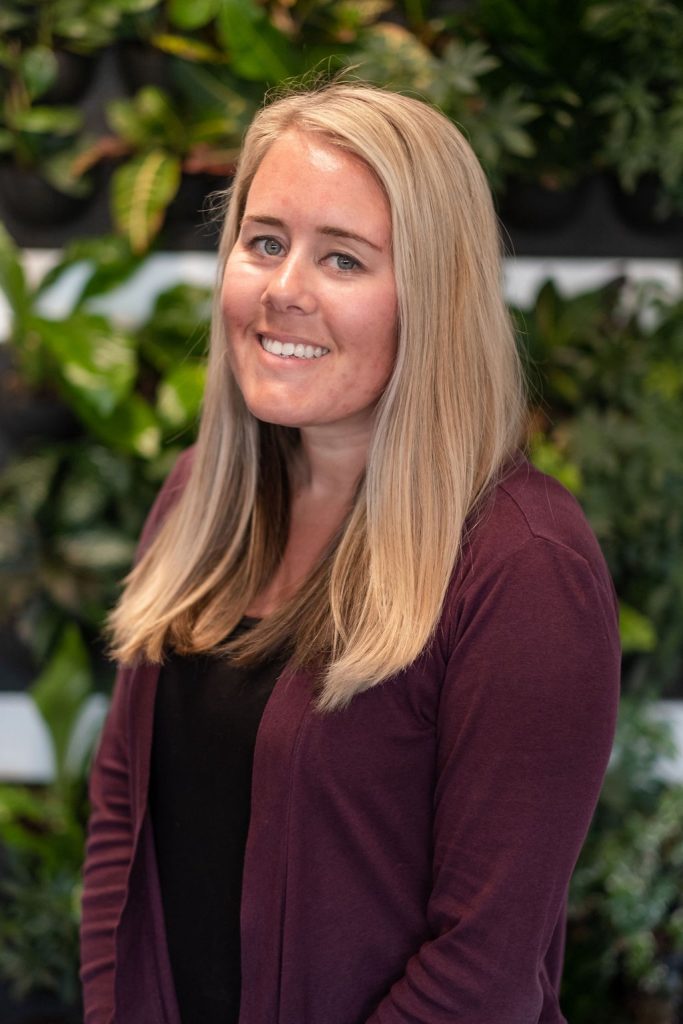
Alicia Zhou, Ph.D
Alicia leads Color’s research, scientific, and medical affairs teams and is a member of Color’s executive team. She manages our research collaborations with academic institutions, biopharmaceutical companies, and large population initiatives, as well as initiating, executing, and publishing peer-reviewed manuscripts and posters by Color’s scientists and engineers. Alicia is also an active part of Color’s market development team for population genomics and research. She plays a key role in our partnership with the NIH’s All of Us Research Program, the largest U.S. genomics research initiative.
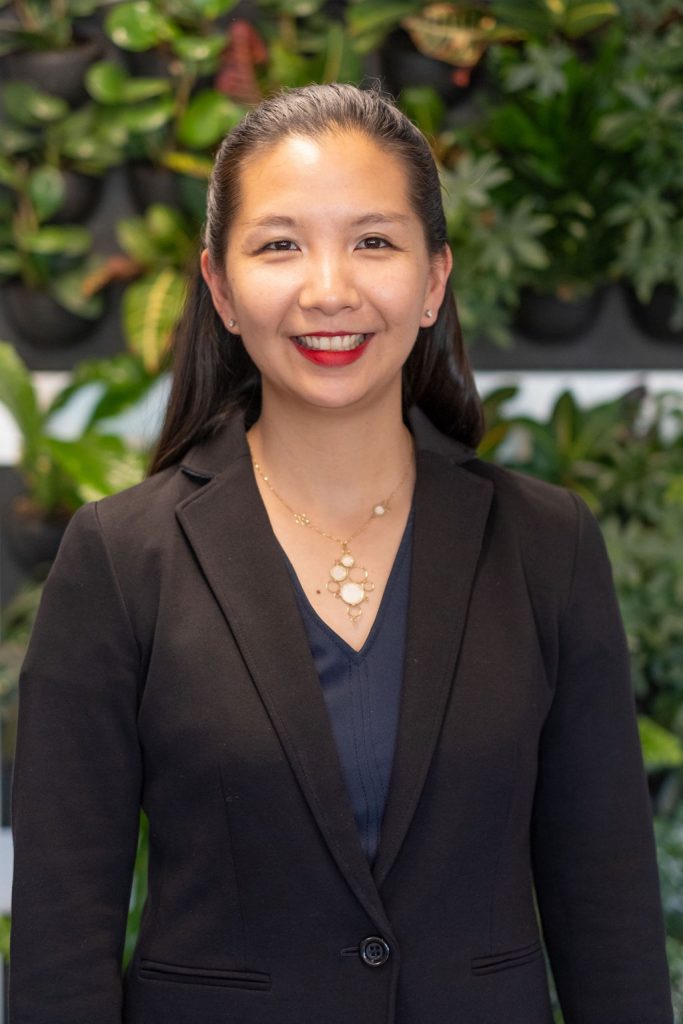
Anjali Zimmer, Ph.D
Anjali works across all things research as part of the Scientific Affairs team at Color. Contributing to academic collaborations and scientific publications by the Color team, Anjali connects across the entire company as a scientific contributor to our products. She has been a co-author on over 20 scientific poster presentations during her time at Color and co-authored a publication in collaboration with Stanford doctors Allison Kurian and Jennifer Caswell-Jin on the Color Family Testing Program.
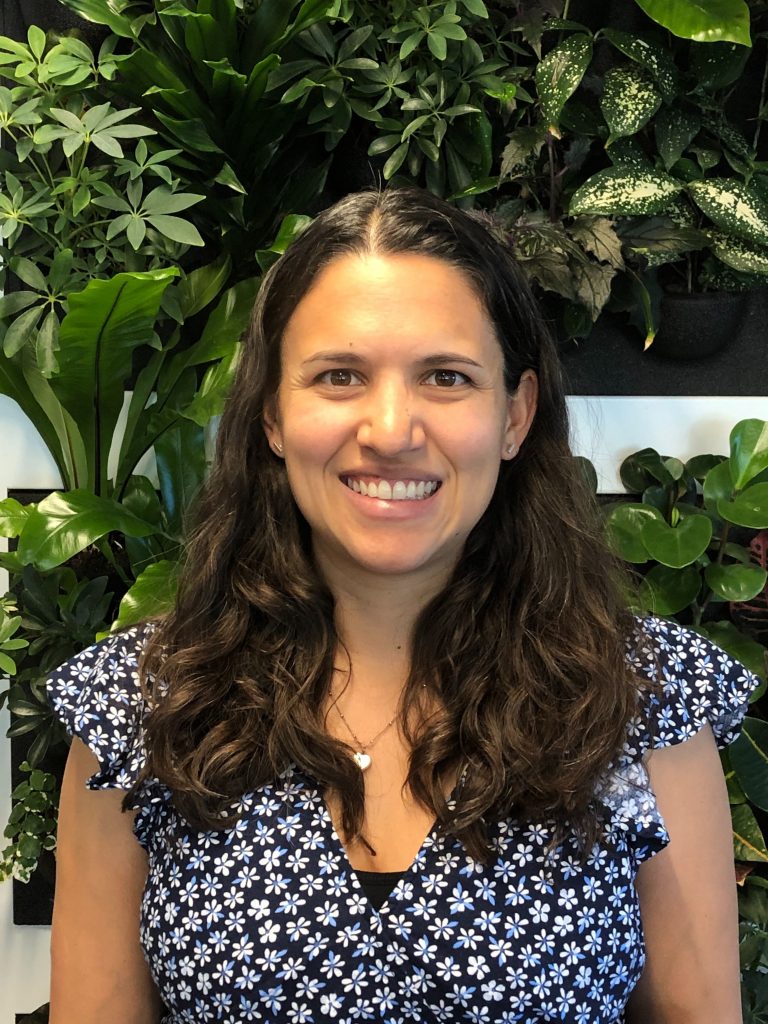
We’re immensely proud of the work of the women on this team. We hope that by leveraging the power of genetics and technology to accelerate research across life sciences, we are honoring the work of the women who have led the way in our field.
References:
Women in the Workplace 2019: The State of Women in Corporate America. Lean In. https://leanin.org/women-in-the-workplace-2019 Accessed February 27, 2020.



